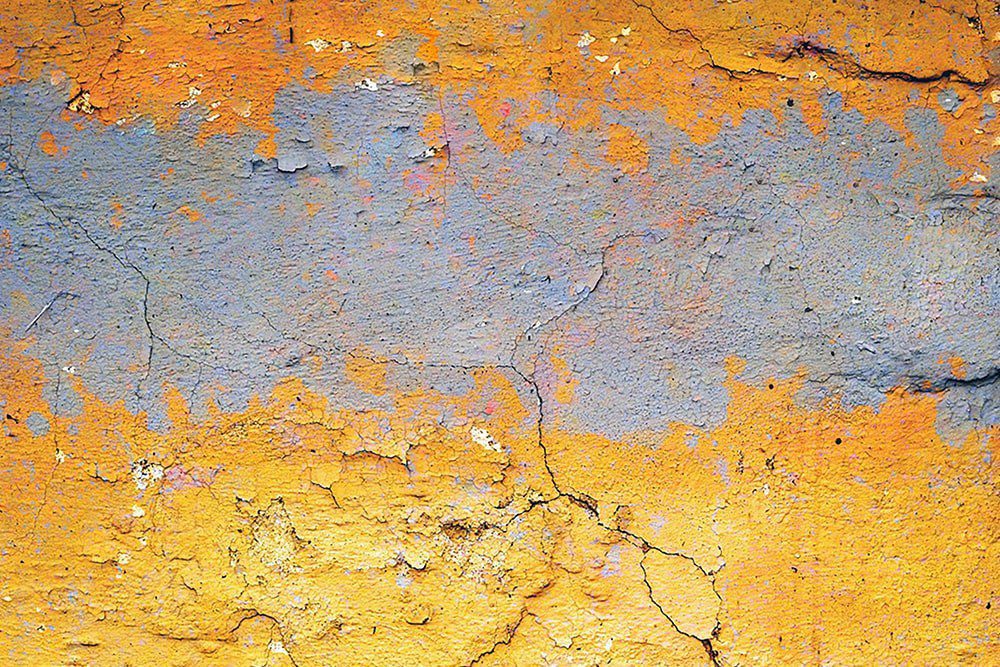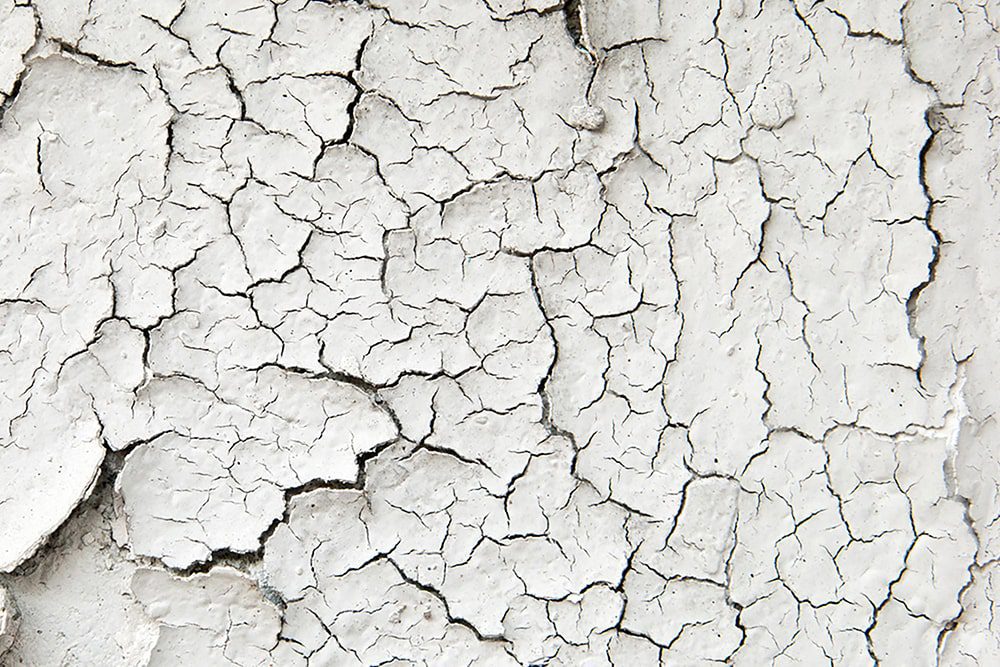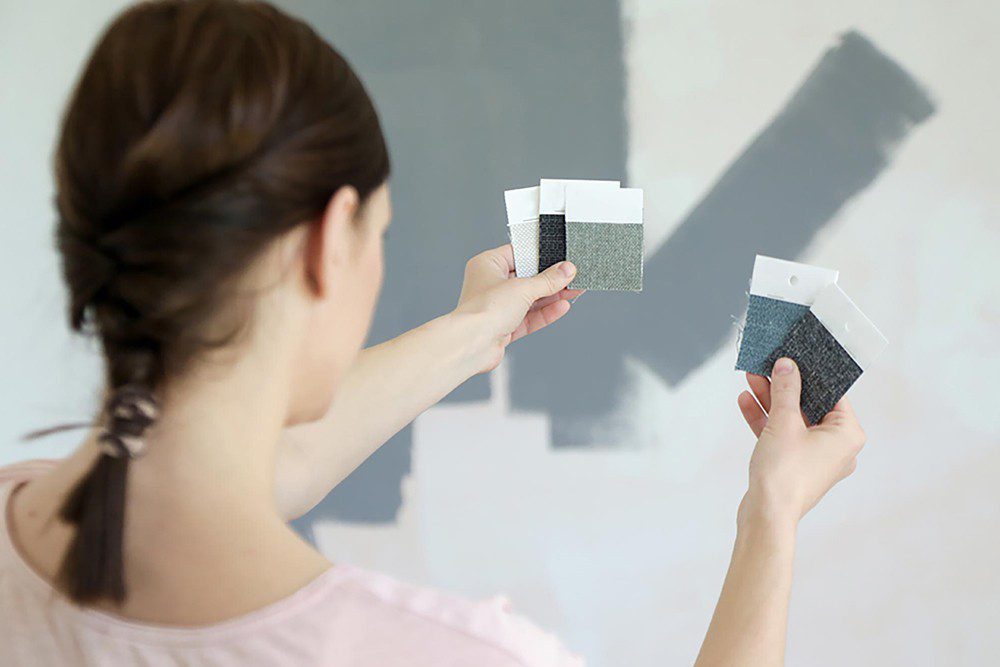Painting Problem and Solution
Get expert opinion on common painting problems and solutions and how to avoid them.

Uneven / Patchy Appearance
Causes:
- Uneven Putty Thickness Underneath
- Patchwork (application of additional paint to ‘touch up’ partially dried painted areas)
Solution:
- Avoid patchwork, preferably coat the whole wall. Patch when painted surface is dried.
- Brushing in one direction.
Shade Difference
Causes:
- Batch to batch variation
- Old and expired shade cards
Solution:
- If different batches of same color are available, mix before application
- After patchwork, apply one coat on whole wall

Roller Marks
Causes:
- Application of second coat over semi-dry first coat.
Solution:
- When painting, paint evenly and lightly in the same direction, wait until the first coat has thoroughly dried before applying the second coat.
Peeling
Causes:
- Paint applied over dirt, oil, grease or previously painted glossy surface.
- Seepage or moisture beneath the paint film is a frequent cause of Flaking and Peeling (alkaline bricks, seepage from ground).
Solution:
- Apply a coat of Wall Sealer on porous surfaces prior to topcoat.
- Identify and eliminate the cause of moisture.

Mottling
Causes:
- Appear on new brick, plaster or cement as they dry.
- Failure to adequately prepare surface by removing all previous efflorescence.
Solution:
- The source of moisture must be repaired before any paint preparation. If excess moisture is the cause, eliminate the source, sealing any cracks in the masonry with sand and cement.
Low Opacity
Causes:
- Too thin application of paint
- Color of the newly applied paint is much lighter than the original finish
Solution:
- Before painting, check the back panels of cans for proper thinning ratio and thin the paint according to instructions. Make sure to stir paint well before application.

Cracking
Causes:
- Use of a low quality paint that has inadequate adhesion and flexibility.
- The applied paint is very thick.
Solution:
- It is possible to correct cracking that does not go down to the substrate by removing the loose or flaking paint with a scraper or wire brush, sanding to feather edges, priming any bare spots and repainting.
Chalking
Causes:
- Use of a low-grade, highly pigmented paint.
- Use of an interior paint for an outdoor application.
Solution:
- First, remove as much of the chalk residue as possible, using a stiff bristle brush (or wire brush on masonry) and completely dust off and clean surface using dampened cloth.




